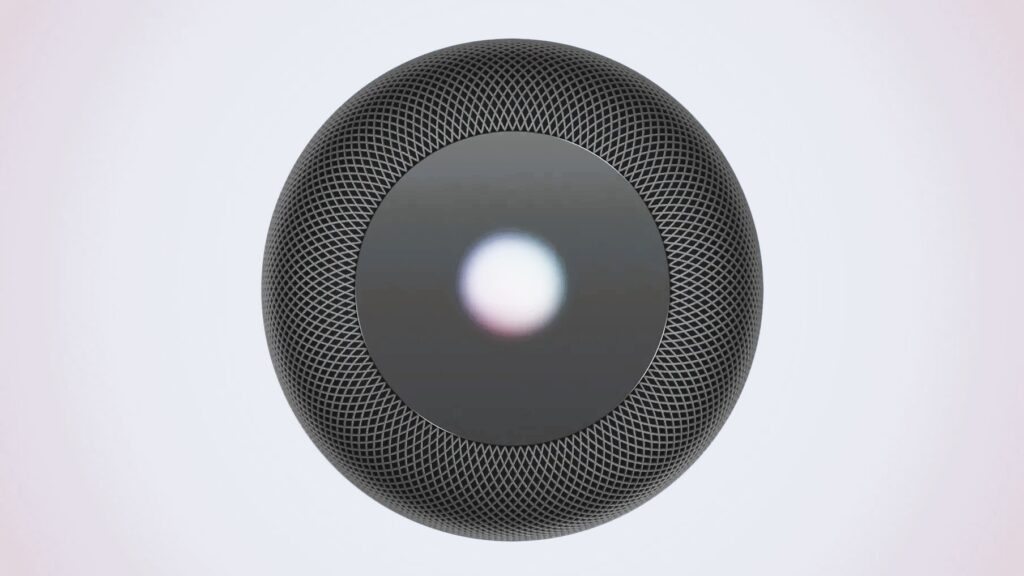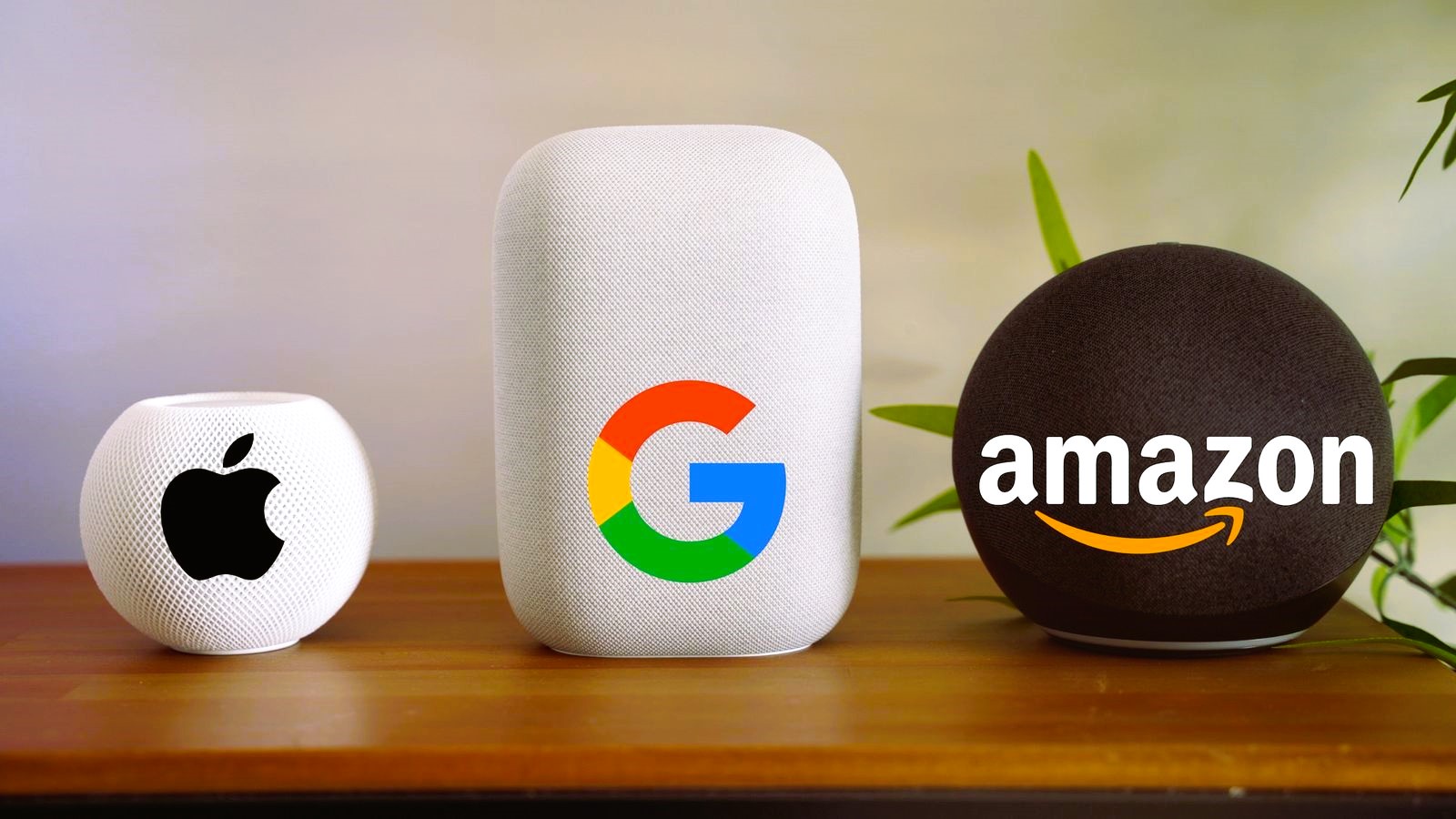In the ever-evolving landscape of smart home technology, voice assistants have become integral to the user experience, offering hands-free control and seamless integration with various smart devices. Three prominent players in the voice control arena are Amazon’s Alexa, Google Assistant, and Apple’s Siri. This article will conduct a comprehensive comparison of these voice assistants, exploring their features, compatibility, user interface, and the evolving standards that shape their functionalities.
1. Amazon Alexa: The Pioneer of Voice Control
Features:
- Smart Home Integration: Alexa boasts extensive compatibility with a wide array of smart home devices, allowing users to control lights, thermostats, cameras, and more.
- Skills: Alexa Skills add versatility, enabling third-party developers to create voice-activated applications that enhance the functionality of the voice assistant.
- Multi-Room Audio: Users can create speaker groups for synchronized music playback across multiple Alexa-enabled devices.
Compatibility:
- Wide Device Support: Alexa supports a vast ecosystem of smart home devices from various manufacturers.
- Third-Party Integrations: Its open platform encourages third-party developers to integrate their services and devices.
User Interface:
- Natural Language Processing: Alexa excels in understanding and processing natural language commands.
- Voice Profiles: Users can set up voice profiles to customize the assistant’s responses based on individual preferences.

2. Google Assistant: Intelligence Powered by Google
Features:
- Search Integration: Google Assistant leverages Google’s search capabilities, providing accurate and context-aware responses to user queries.
- Visual Responses: When used on devices with screens, Google Assistant can display visual responses, making it more interactive.
- Routines: Users can create customized routines to automate multiple actions with a single command.
Compatibility:
- Extensive Device Compatibility: Google Assistant supports a wide range of smart home devices, similar to Alexa.
- Google Ecosystem Integration: Seamless integration with other Google services and devices enhances the overall user experience. The role of artificial intelligence in the evolution of the smart home, more details here.
User Interface:
- Visual Feedback: Google Assistant provides visual feedback on devices with screens, offering additional context to voice responses.
- Conversation Continuity: Users can have more natural conversations, and Google Assistant understands context for follow-up queries.
3. Apple Siri: The iOS Ecosystem’s Voice
Features:
- Ecosystem Integration: Siri is deeply integrated into the Apple ecosystem, offering seamless control of iOS devices, HomeKit-compatible smart home devices, and Apple services.
- Shortcuts: Users can create custom shortcuts for complex tasks, enhancing Siri’s automation capabilities.
- Privacy Focus: Apple places a strong emphasis on user privacy, and Siri’s processing is done on-device whenever possible.
Compatibility:
- HomeKit Integration: Siri excels in controlling devices within the HomeKit ecosystem, ensuring a secure and private smart home experience.
- iOS Device Control: Siri seamlessly integrates with iPhones, iPads, and Apple Watches for a unified voice experience.
User Interface:
- Voice Recognition: Siri’s voice recognition capabilities have improved over time, providing accurate and efficient responses.
- Context Awareness: Siri understands context and maintains continuity in conversations, especially within the Apple ecosystem.
International Standards and Voice Control:
As voice control technology becomes more prevalent, international standards play a crucial role in ensuring interoperability, data privacy, and security. The International Organization for Standardization (ISO) contributes to the development of standards that address various aspects of voice control technology, promoting a standardized and secure experience for users.
For more information on international standards related to voice control technology, you can refer to the ISO website.
Comparative Analysis:
1. Smart Home Integration:
- Alexa: Widely compatible with various smart home devices, offering an extensive ecosystem.
- Google Assistant: Comparable compatibility, seamlessly integrating with devices and services.
- Siri: Strong integration within the Apple ecosystem, particularly with HomeKit-enabled devices.
2. User Interface:
- Alexa: Natural language processing and personalized voice profiles for a tailored experience.
- Google Assistant: Visual feedback, conversation continuity, and context-aware responses.
- Siri: Improved voice recognition, context awareness, and seamless integration with Apple devices.

3. Customization and Automation:
- Alexa: Skills add a layer of customization, allowing third-party developers to enhance functionality.
- Google Assistant: Routines enable users to create customized sequences of actions for specific scenarios.
- Siri: Shortcuts provide a way to automate complex tasks, enhancing Siri’s automation capabilities.
4. Privacy Focus:
- Alexa: Amazon has implemented features like mute buttons and privacy settings, but concerns have been raised about data storage practices.
- Google Assistant: Google has faced scrutiny over privacy concerns, but users have control over data settings.
- Siri: Apple places a strong emphasis on user privacy, with on-device processing for voice commands whenever possible.
5. Development Community:
- Alexa: Boasts a large and active developer community, contributing to the extensive library of skills.
- Google Assistant: Google’s platform is developer-friendly, with a growing community and a range of available actions.
- Siri: While Apple has opened up Siri to third-party developers, the development community is more restricted compared to Alexa and Google Assistant.
Conclusion: Making the Right Choice for Your Smart Home
In the voice control showdown between Alexa, Google Assistant, and Siri, each assistant brings its strengths and caters to different user preferences. The choice ultimately depends on individual priorities, existing device ecosystems, and the desired level of customization and integration.
As the landscape of voice control technology continues to evolve, adherence to international standards ensures a standardized and secure experience for users across different platforms. Whether you prioritize the extensive compatibility of Alexa, the integration within the Google ecosystem offered by Google Assistant, or the seamless connection within the Apple ecosystem provided by Siri, the future of voice control promises even more advanced features and enhanced user experiences.


